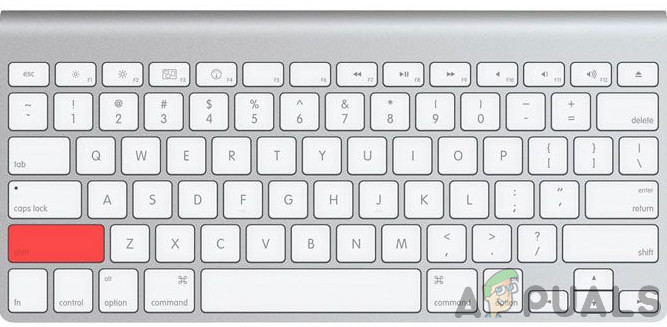How to Fix Mac Flashing Folder With A Question Mark?
If you see a folder with a ‘?‘, it means that your Mac is unable to find the startup disk and therefore cannot boot your Mac OS. There are three possible causes for this.
- The system files needed for startup and booting are corrupted.
- The hard disk drive has failed.
- A cable connecting the drive to the motherboard has failed.
If the disk drive has failed, then you will need a trip to the Genius Bar. To book appointments with the Genius Bar online, please visit this link.

However, before deciding to go with the Genius Bar, we have listed some methods that may help you if the issue is not disk failure. If the disk has failed, then the only option would be to replace the disk and recover your data to the new disk from the Time Capsule or any other backup device you may have been using.
If you were not backing up, then it might be possible to recover the data by finding a recovery company that can be searched on Google.
1. Disconnect the network cables and the peripheral devices.
- Shutdown your system. If you are unable to shut down your MAC the normal way, then hold down your system’s power button for a few seconds until it shuts down.
- Disconnect all the devices, including printers, external hard drives, and Ethernet cables, attached to your system.
- Restart your Mac system.
2. Give the system a safe boot
Shut down your system. If you are unable to shut down your Mac the normal way, then hold down your system’s power button for a few seconds until it shuts down.
- While restarting your Mac, immediately press and hold the Shift key. This will initiate safe boot.

Shift key – macOS - If, by performing the safe boot, the Mac performs as expected, restart the system again to check its normal function.
3. Reset the PRAM/NVRAM.
- Shut down your system. If you are unable to shut down your Mac the normal way, then hold down your system’s power button for a few seconds until it shuts down.
- Turn on the system.
- Press and hold the Command-Option-P-R keys simultaneously before the gray screen appears.

Resetting PRAM or NVRAM - Continue holding the keys until the system restarts and you hear the start-up sound for the second time.
- Release the keys.
4. Start the system using the Mac OS X installation disc.
- Insert your Mac OS X installation disc.
- Shut down your system. If you are unable to shut down your Mac the normal way, then hold down your system’s power button for a few seconds until it shuts down.
- Restart your system while holding down the C key to start the system from the inserted installation disc.
- From the Utility Menu, select Disk Utility once the system starts using the installation disk.
- Carry out a disk repair of your OS X volume using the Disk Utility.
- Repeat Step 5 if issues are found during disk repair.
- After the completion of the disk repair operation, restart your Mac system without holding any keys.
5. Remove any third-party RAM
- Shut down your system. If you are unable to shut down your Mac the normal way, then hold down your system’s power button for a few seconds until it shuts down.
- Remove your Mac’s casing cover in order to access the RAM physically. You can refer to the user guide that came with your Mac system to learn how to access the memory or RAM slots of your Mac.
- From the memory slots, remove any non-Apple or third-party RAM from your Mac.
- Reinsert the original Apple RAM that came with the Mac. Please note that different versions of macOS support various minimum RAM sizes.
- If your Mac starts successfully without any unexpected errors while using your Apple RAM, you should contact your third-party RAM vendor for further troubleshooting.